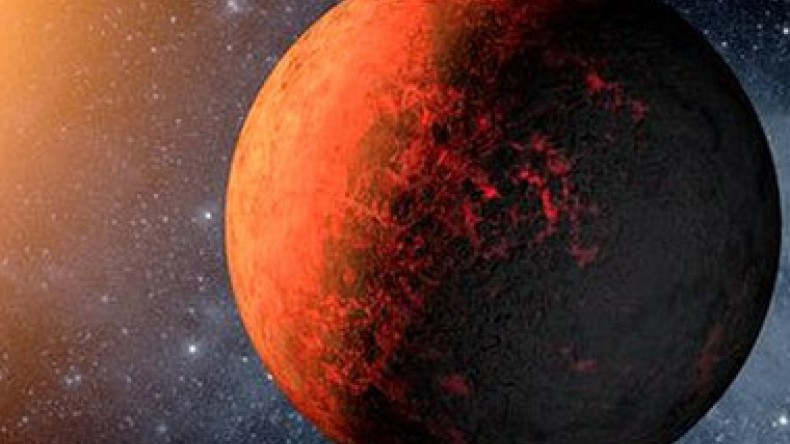
Seven-planet solar system found
Astronomers may have identified one of the richest planetary systems yet, the BBC reported.
The discovery of a seventh planet around the dwarf star KIC 11442793 could be a record, according to two separate teams of researchers.
The system bears some similarities to our own, but all seven planets orbit much closer to their host star, which lies some 2,500 light-years from Earth.
The crowded solar system is described in two papers published on the pre-print server Arxiv.org.
One of the identifications was made by volunteers using the Planet Hunters website. The site was set up to allow volunteers to sift through the public data from Nasa's Kepler space telescope - which was launched to search for so-called exoplanets - worlds orbiting distant stars.
Kepler uses the transit method to discover new planets, which entails looking for the dip in light as an alien world passes in front of its host star. But there is simply too much data for mission scientists to examine every light curve, so they developed computer programmes to search for the signature of a planetary transit.
"This is the first seven-planet system from Kepler, using a transiting search. We think [the identification] is very secure," said Chris Lintott, from the University of Oxford, co-author on the Planet Hunters paper.
"With a transiting system, once you get multiple planets, the odds of them being false positives are very small."
Dr Lintott's team has submitted their research to the Astronomical Journal for peer review. Another team of astronomers from several European countries has submitted a separate paper outlining their independent discovery of the seventh planet to the Astrophysical Journal.
The new planet is the fifth furthest from its parent star, orbiting with a period of nearly 125 days.
With a radius of 2.8 times that of the Earth, it fits into a family that now includes two roughly Earth sized worlds, three "super-Earths" and two larger bodies.
"It actually looks like our Solar System in one sense, with all the small planets on the inside and the big planets on the outside. And that's not necessarily what we always see," said co-author Robert Simpson, also from Oxford University.
While there might be resemblances to our Solar System, all seven planets are closer to their host star. In fact they would all fit within the Earth's distance from the Sun, making this a very crowded neighbourhood.
"This is one of the reasons they are easy to see, because the closer they are to their sun, the more frequently they go around it," said Dr Simpson.
Newsfeed
Videos






























